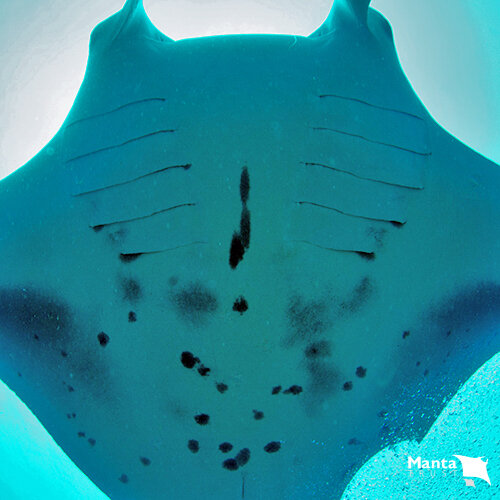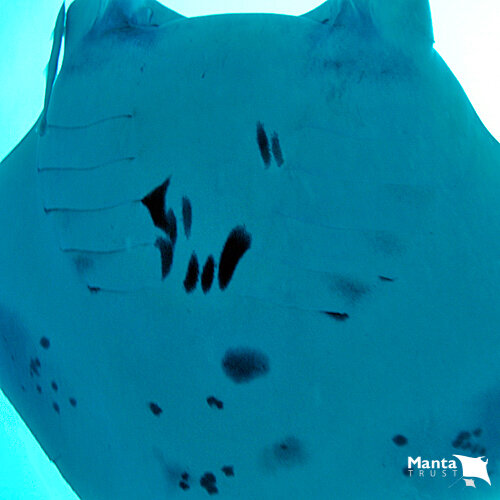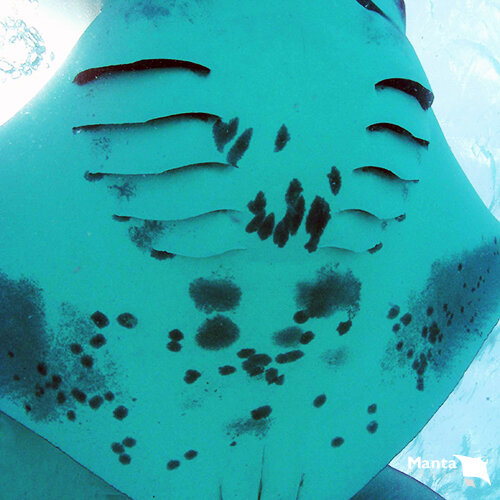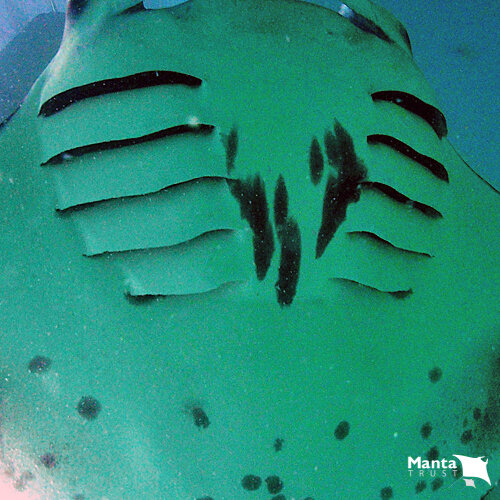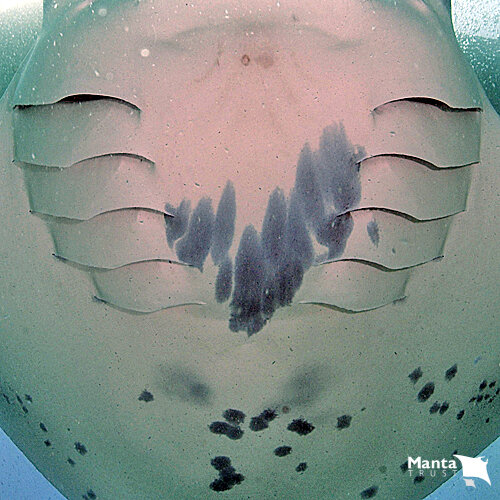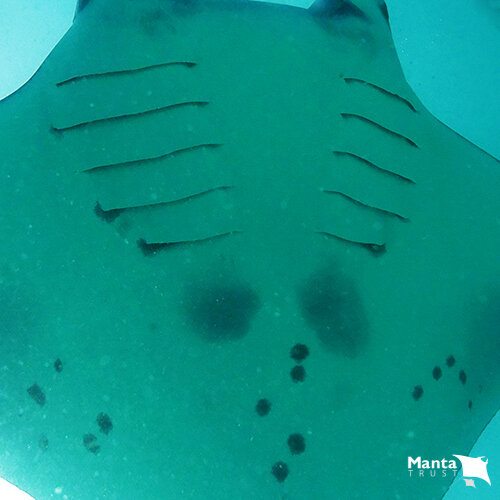the 'id the manta' initiative
Citizen science (also known as community science or crowd science) is scientific research conducted, in whole or in part, by non-professionals, and has truly come into its own in recent years. The technological development of our era, in combination with the accessibility of equipment such as underwater cameras, computers and smartphones, has resulted in an explosion of public participation to citizen science projects worldwide. The contribution of citizen scientists has helped with solving the structure of viruses, map our brain, discover new galaxies, discover new species, define animals’ migratory routes, and so much more!
IDtheManta was created to utilise the power of citizen science to aid in the research and conservation of the world's manta rays. Today we receive over 5,000 photo-ID submissions each year and, since its global roll-out in 2012, the IDtheManta Database has become the largest of its kind. Over 10,000 individual reef (Mobula alfredi) and oceanic (Mobula birostris) mantas have been identified, through more than 100,000 photographed sightings from over 70 countries. But we want to step things up even further!
From Day 1, all these ID submissions have been manually processed and matched to mantas in our database by members of the Manta Team. We need to enlist technology if we hope to grow the scale and impact of the initiative further. The Manta Trust have partnered with the University of Bristol, and the not-for-profit company, IDtheAnimal Ltd, to create a fully automated visual biometric photo-ID software for manta rays, which will interface with the existing IDtheManta global database. The hope is to create a novel platform that streamlines the submission of ID photos and makes the databases accessible to manta scientists and the general public around the world.
